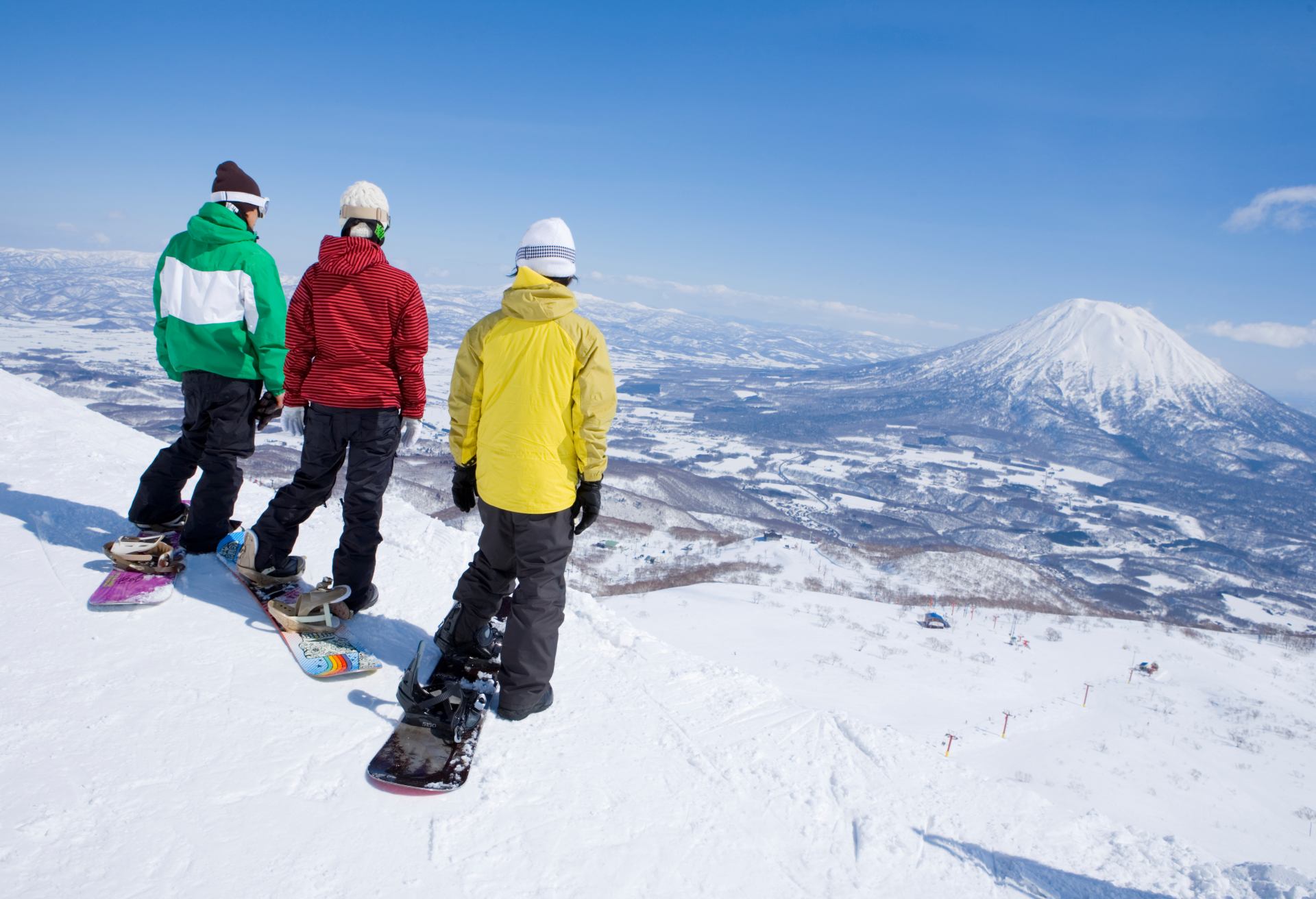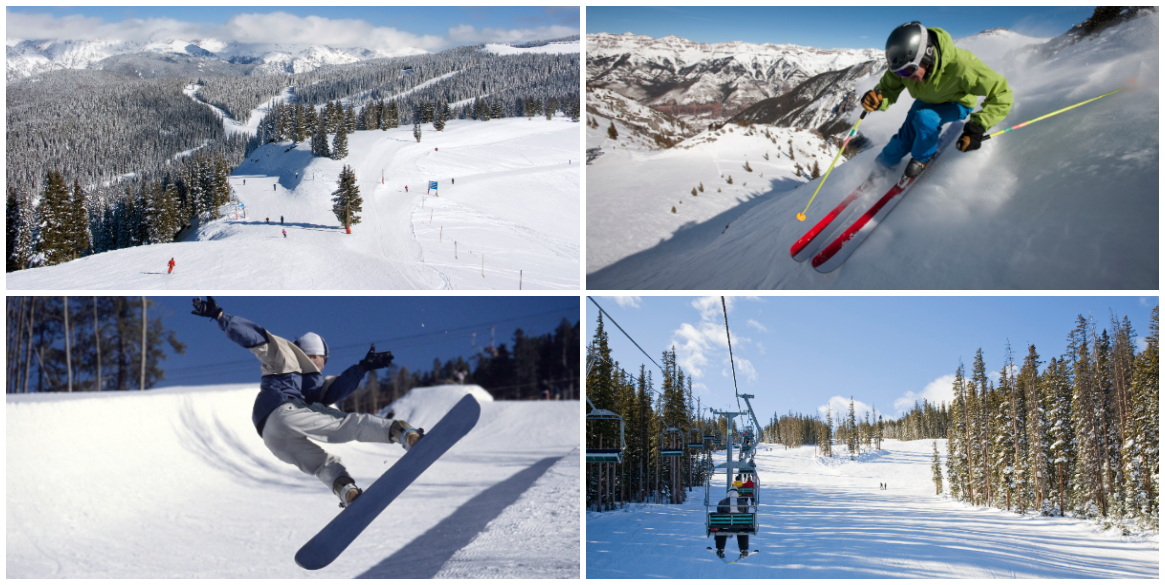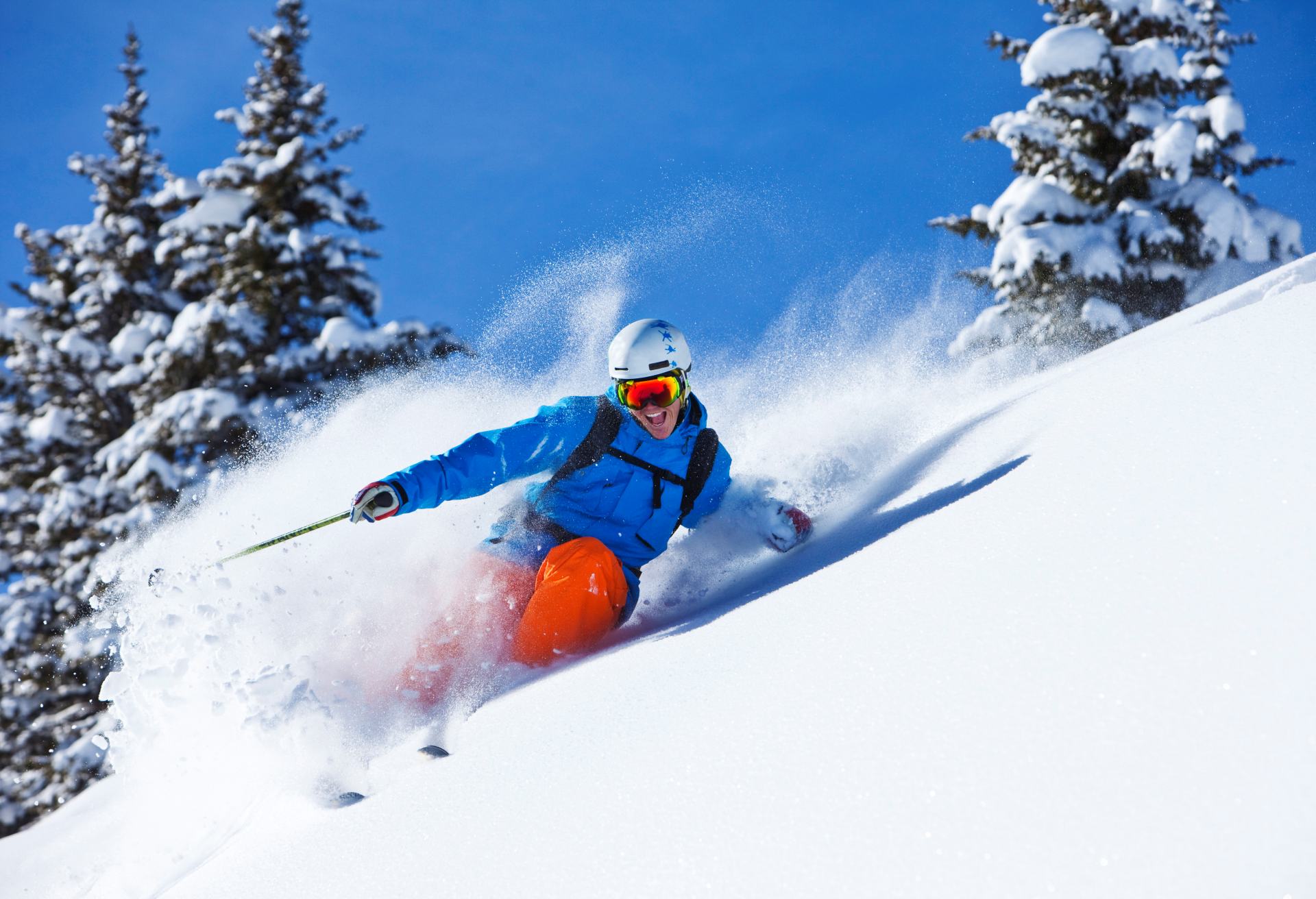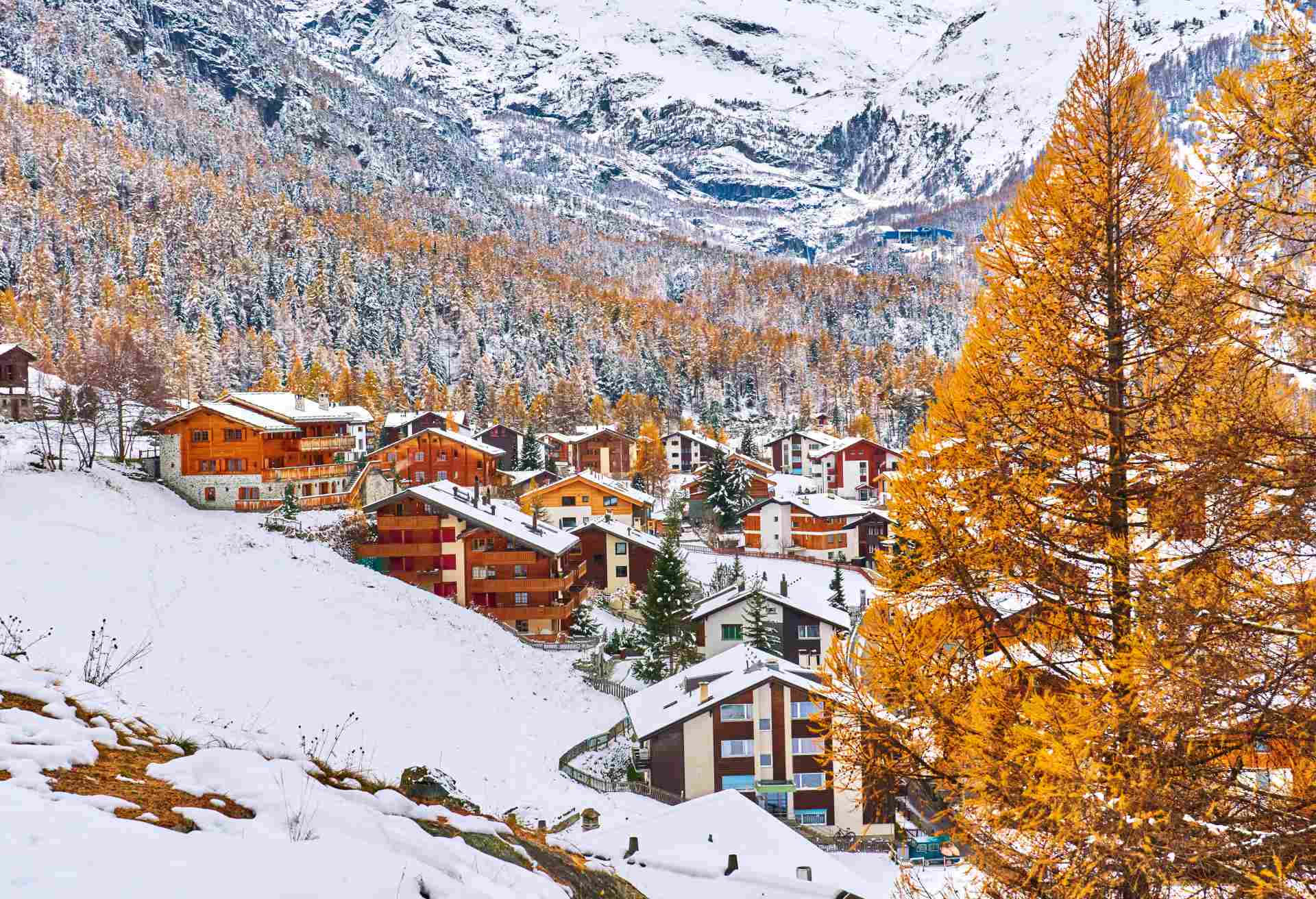If you’re a powder hound with a bit of wanderlust, Japan deserves a spot on your bucket list. It’s got some of the deepest and best quality snow anywhere in the world. Combine that with the unique Japanese culture and you’ve got yourself the ultimate ski trip. So where’s the top place to ski in Japan? Here’s our low-down on two of the best ski destinations in Japan: Happo-one and Niseko.
Ski and Snow
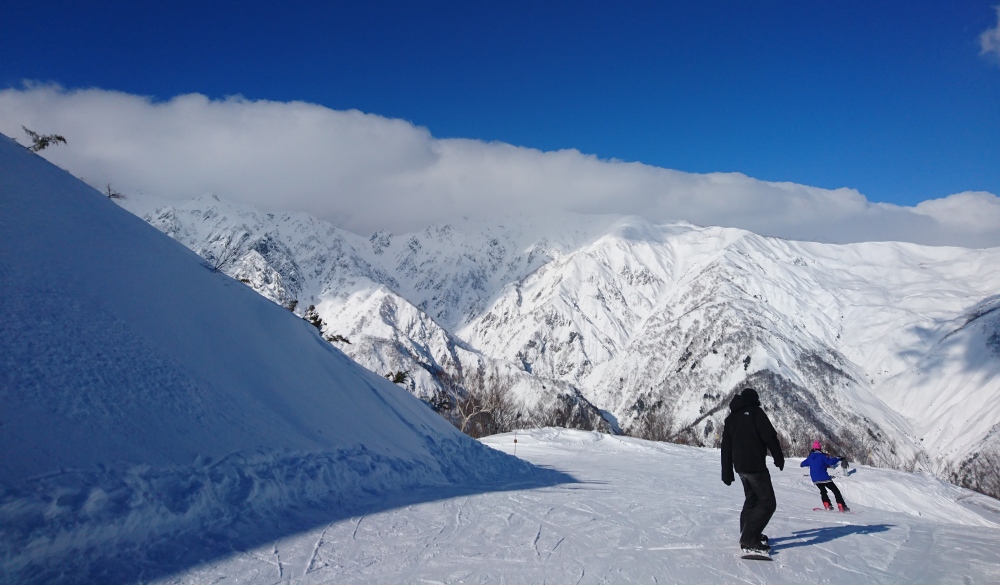
Happo-one
Home to the 1998 Nagano Olympic Winter Games, Happo-one is the “powderful” king of long runs reigning as the most popular resort in the Hakuba Valley. Located on the main island of Honshu, the mountain offers 1,071 metres of vertical drop, which is higher than Niseko, with tons of terrain above the tree line offering sweeping views of the Northern Japanese Alps. Best yet, Happo-one’s easy access to eight other ski resorts in Hakuba Valley provides a wider variety of terrain compared to Niseko.
Happo-one is known for its long and uninterrupted runs for intermediate and advanced skiers and riders. In fact, it’s your best choice in Hakuba Valley for advanced inbounds skiing. With a higher vertical drop than Niseko, you’ll be able to ski from summit to base at Happo-one easily. If you want to fulfil your Olympic dreams, ski down Olympic Course 1 and 2, which have both hosted Olympic Downhill events. The longest trail is found at the Skyline Course, which offers a massive 8,001-metre top-to-bottom run.
There’s plenty of “japow” available with the finest powder found at the top of the Riesen Grat Course. If the upper mountain closes due to high winds, you won’t be left hanging, as the lower mountain offers sheltered runs between the “snow monsters”, the local nickname for trees with snow piled up on their branches.
Where Happo-one trumps Niseko:
- Higher vertical drop
- Groomed steeps and long, uninterrupted runs
- Olympic trails
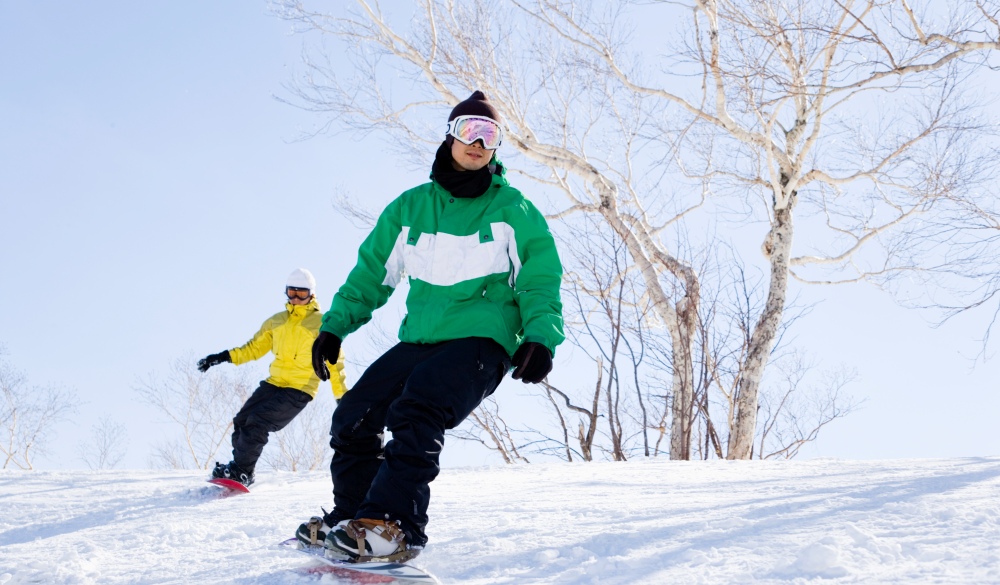
Niseko
If you’re after the fluffiest of fluffs, Niseko serves up some of the driest and lightest snow on the planet. The magic starts from the sub-zero Siberian winds blowing across the Sea of Japan, picking up moisture and transforming into fresh, soft powder. The snow quality is unrivalled even by the ski resorts in Hakuba Valley. The snow blankets the wide variety of terrain spread across five distinct areas, including Hirafu, which is the largest and most popular of the lot, in addition to Annupuri, Niseko Village, Hanazono and the underrated Moiwa.
Niseko is not particularly known for its steep chutes or long continuous runs, although its off-piste and backcountry possibilities are incredible. Unlike many Japanese resorts, Niseko has an open-boundary policy with several gates offering easy access to its amazing backcountry. There are also guiding outfits and snowcat operators to help you make the most of it. Top that off with Niseko’s guaranteed freshies and you’re sure to feel like you’re riding on clouds. Annupuri is the best area to experience this cloud-like bliss and cut fresh tracks in the fluffy powder while turning between ghost-like trees.
The stand out feature at Niseko is that you can continue riding the world-class powder well into the night. The majority of lifts at Hirafu stay open for night skiing and offer a unique chance to explore its variety of terrain under the moonlight. Just remember to add those extra layers.
Where Niseko trumps Happo-one
- Drier and lighter snow
- Incredible backcountry
- Vast terrain available for night skiing
The Towns
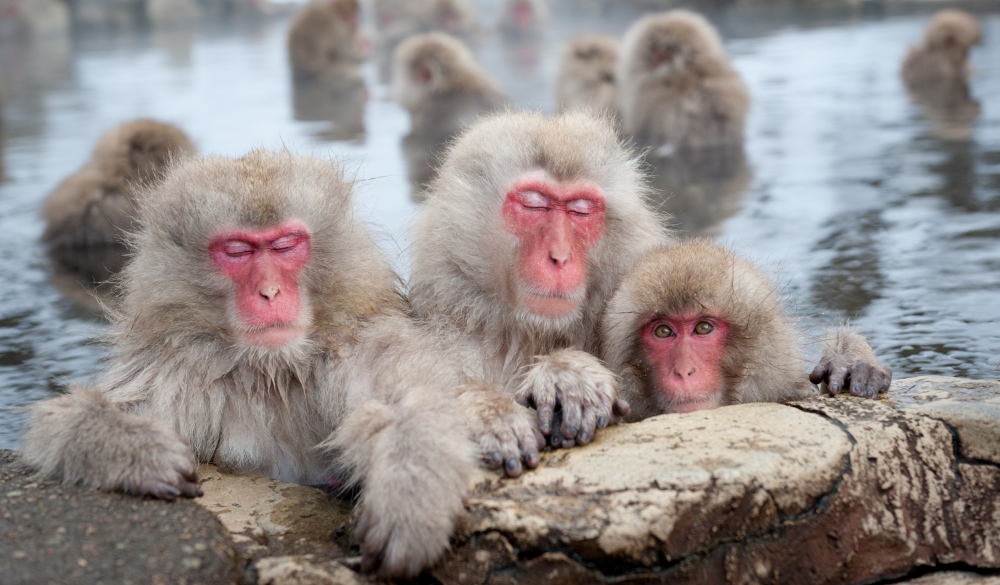
Happo-one
Happo-one, and the Hakuba Valley in general, is easier for visitors to reach than Niseko. It’s closer to Tokyo and Kyoto, making it a great stop if you’re planning on visiting these popular tourist destinations during your ski trip. Flying into Tokyo’s Narita International Airport or Haneda Airport, you can choose between a private transfer, rental car or a train and bus combo to reach Hakuba. The trip can take up five to six hours.
Hakuba Valley boasts a lively hub with a wide variety of dining, buzzing nightlife and accommodation options. Once there, you’ll find a blend of authentic Japanese ski culture with all the amenities and facilities you’d expect from an international resort, along with shuttle buses to conveniently take you to destinations throughout the valley. You owe it to yourself to check out the onsens (mineral hot springs), which are an integral part of Japanese culture.
Outside of town, there’s more to explore around Happo-one than at Niseko. Make a day trip to check out Matsumoto Castle, one of Japan’s national treasures, or visit Jigokudani Monkey Park to see the local wildlife and discover that humans aren’t the only locals who enjoy a hot spring.
Where Happo-one trumps Niseko:
- Easier to get to and closer to other tourist destinations like Tokyo and Kyoto
- Bustling town with an abundance of dining, nightlife and accommodation
- More off-slope excursions
Niseko
In most cases, getting to Niseko will involve another leg of travel. The nearest airport is New Chitose Airport, which only has direct flights from Honolulu, Seoul, Taipei, and Hong Kong. Otherwise, you’ll have to connect to a domestic flight after clearing customs in Tokyo, which is a 1.5-hour flight away. After landing, it’s up to 3.5 hours via bus or train ride from Sapporo to Niseko.
Away from the slopes, Niseko is a lot quieter than Happo-one, making it more suitable for ski-focused trips. You’ll find three different accommodation areas: Niseko Village, which is the best choice for families; Hirafu, which has the most options for dining, drinking, and entertainment; and Annupuri, which is the quietest and most relaxed. There’s plenty of dining and lively apres ski at Hirafu, though they don’t compare to the options available in Hakuba Valley.
There are also onsens in Niseko, along with unique winter pastimes, such as snow rafting, which involves riding an inflatable raft at exhilarating speeds down a snowy slope. While there’s been a lot of new development in recent years throughout the area, Niseko has managed to retain its authentic Japanese atmosphere.
Where Niseko trumps Happo-one:
- Quieter villages for ski-focused visitors
- Suitable for those looking for a relaxing ski vacation
- Snow rafting
So, Which One?
Both Happo-one and Niseko are alluring destinations boasting world-class snow, exceptional skiing and the chance to experience Japan’s unique ski culture, which includes luxurious onsens, mountainside noodle huts and friendly lifties.
Picking one simply depends on your skiing and apres-ski preferences. Happo-one is ideal for skiers and riders who want long, groomed runs. It’s close to major cities like Tokyo and Kyoto, making it a convenient location to explore other parts of Japan. Niseko, on the other hand, offers better quality snow and backcountry trails. Its quieter villages are perfect for powder hounds looking to ski hard.
Whatever your shredding style, both Happo-one and Niseko will give you the ski trip of a lifetime.
